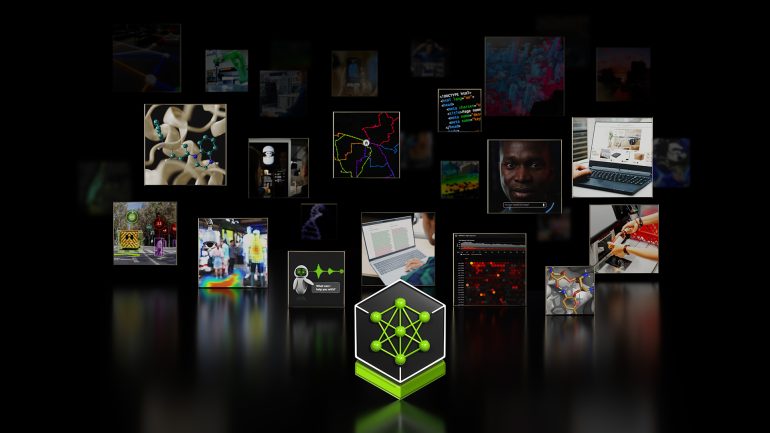- Nvidia introduces NIM Agent Blueprints, a toolkit for developing and deploying generative AI applications.
- The toolkit simplifies the creation of AI-driven apps with templates for common business use cases.
- Initial blueprints focus on customer service, document analysis, and drug discovery workflows.
- Partnerships with significant enterprises like Accenture, Cisco, and Dell support the launch.
- Nvidia plans monthly releases of additional blueprints for various industries.
Main AI News:
Nvidia Corp. has introduced NIM Agent Blueprints, a comprehensive toolkit aimed at simplifying the development and deployment of generative AI applications for enterprises. This solution is designed to give developers everything they need to efficiently create and implement AI-powered apps, providing a significant advantage in the fast-evolving field of artificial intelligence.
NIM microservices from Nvidia offer developers powerful access to AI models tailored to various generative AI workflows, including digital customer service chatbots, retrieval-augmented generation, and drug discovery. Creating production-ready AI applications has traditionally been a complex process requiring multiple tools and specialized expertise. Nvidia’s introduction of templates for widely recognized business use cases is intended to streamline this process, making it more accessible to a broader range of enterprises.
The enterprise AI landscape is rapidly advancing, accelerating AI adoption across organizations. According to Gartner, 80% of conversational solutions are expected to integrate generative AI by 2025, a sharp increase from 20% in 2024.
The initial rollout of NIM Agent Blueprints includes three AI workflows designed to address common industry needs. One such workflow is the digital human NIM Agent Blueprint for customer service, enabling enterprises to develop interactive chatbots that can engage with customers through both text and voice, with the added capability of 3D animated avatar interfaces to enhance user experiences.
Another workflow available is the multimodal PDF extraction agent, which allows developers to build applications capable of analyzing large volumes of documents to extract valuable insights. This workflow leverages retrieval-augmented generation to enhance the accuracy of generative AI applications while minimizing errors by incorporating real-time data.
Nvidia also offers a generative virtual screening NIM Agent Blueprint for drug discovery. This blueprint is designed to accelerate the optimization of potential drug-like molecules, helping pharmaceutical companies reduce the cost and time required to develop life-saving drugs by improving the accuracy of screening processes. It integrates well-known protein predictors such as AlphaFold2, MolMM, and DiffDock.
Nvidia plans to expand its offering by releasing monthly blueprints that cater to other industries and use cases such as customer service, content generation, software engineering, and product research and development.
To support the launch of NIM Agent Blueprints, Nvidia has partnered with several major enterprises, including Accenture, Cisco Systems Inc., Dell Technologies Inc., Deloitte Ltd., Hewlett Packard Enterprise Co., Lenovo, SoftServe Inc., and World Wide Technology Inc. These partnerships aim to facilitate integrating and distributing Nvidia’s new blueprints across various sectors, enabling companies to develop custom AI solutions rapidly and reimagine their business processes and customer interactions to drive stronger outcomes and create new value.
Conclusion:
Nvidia’s introduction of NIM Agent Blueprints marks a significant step in democratizing generative AI within the enterprise sector. By providing ready-to-use templates and robust tools, Nvidia is lowering companies’ barriers to integrating AI into their operations. This move will likely accelerate AI adoption across industries, fostering innovation and driving competitive differentiation. As more companies embrace these AI-driven solutions, the market can expect a surge in AI-powered applications, leading to increased efficiency, enhanced customer experiences, and potentially new business models across various sectors.

